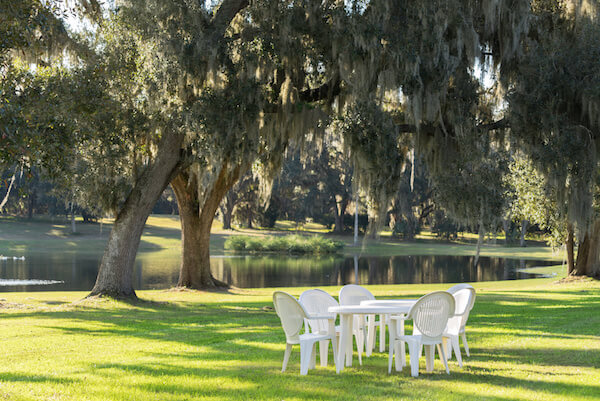
Preparing to Plant a Florida Lawn
A beautiful Florida home deserves a beautiful lawn. A carpet of lush green grass will increase curb appeal and property value, making your home a showplace.
Check the Location
To plant a lawn in sunny Florida first start with the site. Will your new lawn be in part shade or full sun? How much lawn do you want? Do you need a type of grass that is salt tolerant? Some southern grasses will tolerate shade and salt while some will not. The kind of grass that’s right for your new lawn will depend on these conditions.
Preparing the Site
When preparing to install a new lawn, call your utility companies so they can locate and mark any gas, electric or water supply lines that may be buried in your yard. During a lawn installation, these utility supply lines should not be disturbed.
All present vegetation should be cleared away to prepare a site for a new lawn. One method involves using a herbicide to kill plant life on the new site. However, there is a two week waiting period afterward. Another method is to till up the existing soil and vegetation, using a rototiller or other such device. After the soil has been turned over, big dirt clods are broken up, and all existing grass, weeds, and shrubs are removed to clear the site.
If using an herbicide, do not allow children or pets in the area until twelve hours have passed. Spraying herbicides should be done on a calm day with no wind to avoid the chemical drifting onto ornamental shrubs and flowers and causing damage.
For the best results with a Florida lawn, the soil’s pH level should be tested. If any essential nutrients are lacking, the necessary amendments can be added to enrich the dirt, such as nitrogen. This ensures your lawn will thrive.
If large plants or shrubbery remain, these can be dug up and transplanted to another part of the yard or simply thrown away. After removing all unwanted vegetation from the site, rake the ground as flat as possible. Existing depressions should be filled with extra soil and any high spots smoothed down to create a flat, aesthetically pleasing lawn surface. Rocks, twigs, dead leaves, or any other debris from the soil should be removed to create a smooth, clean surface for your new lawn.
If you are planning to install a new irrigation system or overhaul and expand a new one now is the time to do so. Hiring a contractor for this step can eliminate a lot of guesswork on your part and get the job done quickly. After the irrigation system install, you may need to smooth out parts of the site again where the soil was disturbed.
Choosing the Right Grass for a Lovely Lawn
Choosing the right grass for your specific lawn depends on several factors.
- Centipede Grass – If your lawn receives shade for a greater part of the day centipede grass would be a good choice. However, this type of grass does not tolerate a high level of salt and prefers cooler temps.
- Bahiagrass – If your soil is mostly sand, bahiagrass will perform well. This type of grass needs little water or fertilizer to thrive but may be susceptible to crabgrass overgrowth.
- Zoysia – This grass loves the sun and performs well in areas with a lot of foot traffic. It also grows well in shady conditions.
- St. Augustine – Probably the most favorite choice of Florida homeowners with sunny yards, fast growing St. Augustine grass performs well in dry conditions and doesn’t mind salt. However, this grass can be susceptible to chinch bugs infestations.
Delivery Day
When the truck drops off a delivery of sod, it’s a race against time. Ideally, sod should be laid in place no longer than 24 hours after delivery. If weather conditions are very hot and dry, the sod should be sprinkled with water periodically to keep it moist. Sod that dries out can die quickly because of its lack of a developed root system.
With the new sod in place, it will need a constant supply of water until it can develop a new root system and survive on its own. Don’t allow the new sod to become too dry between waterings or it will die off in patches that will need replacing.
Duda Sod
If you would love the lush look of a beautiful lawn but don’t want all the hard work of installation, visit our site. We are the sod experts for Florida lawns and know exactly what type of sod will thrive in your yard. Contact us today!